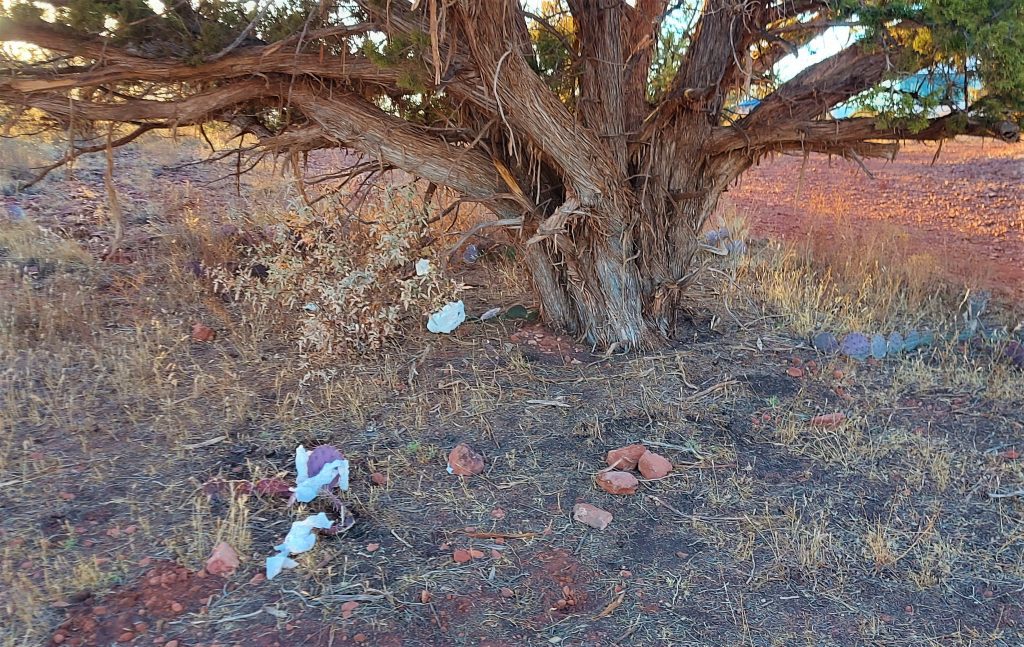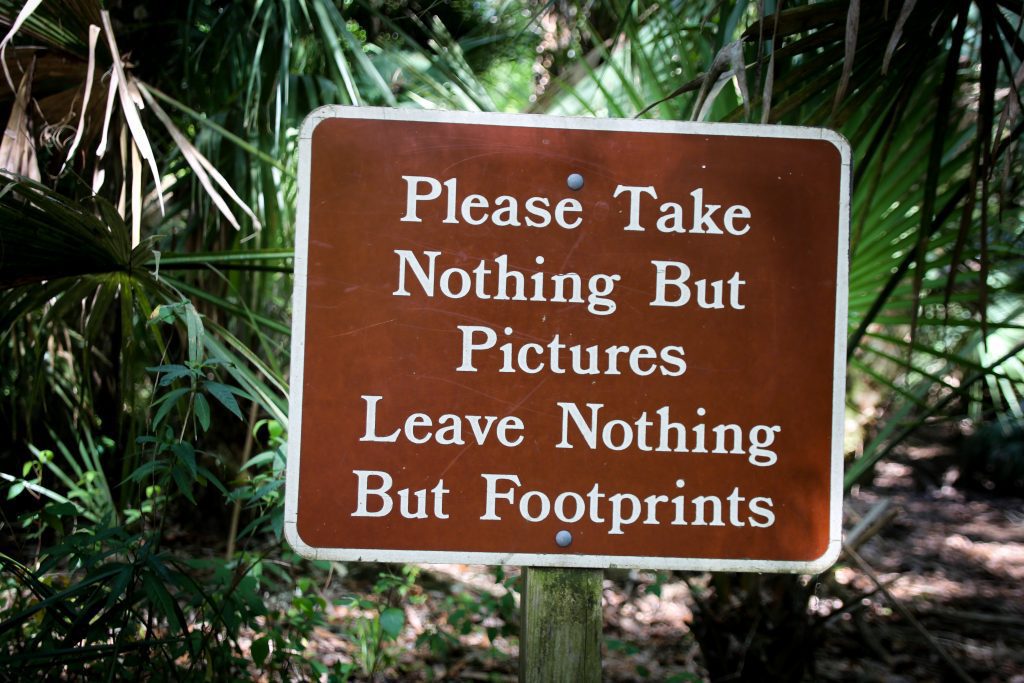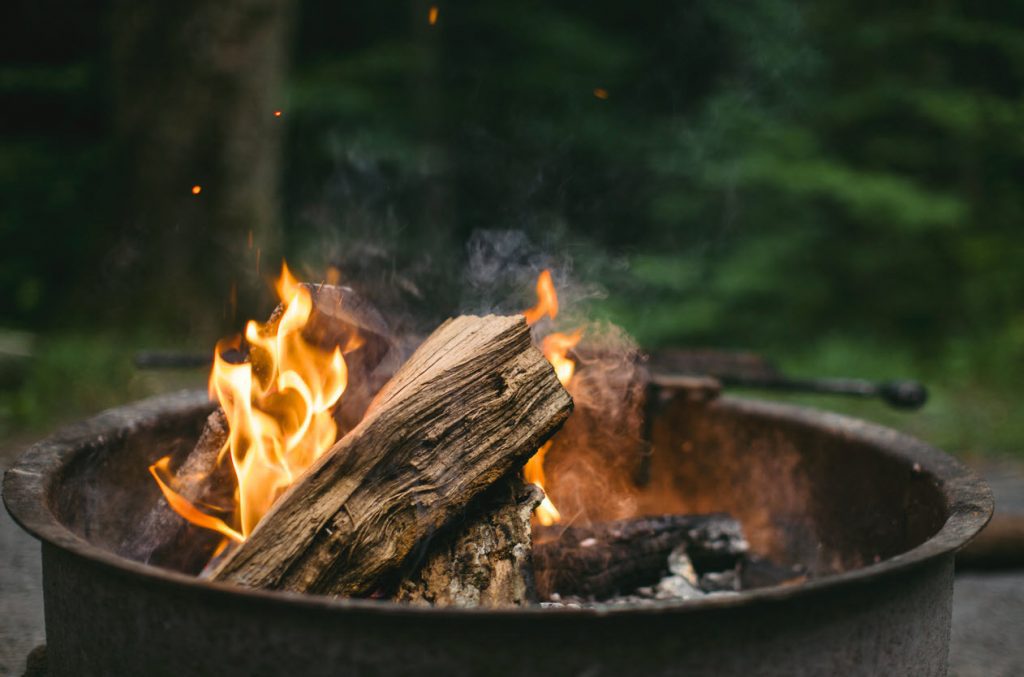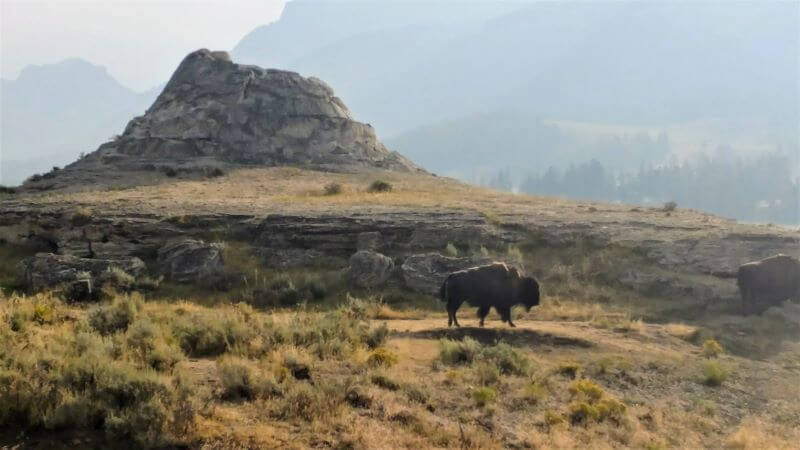Leave No Trace Gold Standard Certification
Learn about the Leave No Trace Gold Stardard certification for outfitters and guides. TripOutside o ..
Read more
No matter how you’re enjoying the wilderness – on foot, by bike, camping, or paddling, the concept of leave no trace works exactly as it sounds. The idea is to leave all aspects of nature that you encounter as you are recreating exactly as you found it, leaving zero evidence that you were there.
In case there’s any question as to why leave no trace is important, think about it this way. Imagine how our world would look if every single one of the millions of people who hiked, camped, paddled, biked or otherwise spent time in nature left a tissue behind, or an orange peel, or a water bottle, picked just one wildflower, carved just one tree, or took just one stone home with them.

TripOutside promotes only human powered adventures to reduce the impact our outdoor activities have on our natural environment and ecosystems. Activities like kayaking, hiking, snowshoeing and biking tread lightly on the earth and are known as “silent sports” because of their minimal impact to our natural world. Motors are noisy, fossil fuels are polluting, and equipment like ATVs and jet skis also heavily disturb wildlife.
There are seven basic principles to the Leave no Trace doctrine. Whether you want to know the protocol for pooping in the woods, how the principles pertain to cooking outdoors or how to deal with dishwater while backpacking, here are the specifics of the leave no trace outdoor code. Follow these basics in order to recreate responsibly in our beautiful natural places.
No matter your outdoor activity, planning ahead and being prepared means researching where you’re going and having all you need to get there safely (appropriate gear, clothing, water, snacks, etc.). You should also check the weather forecast and be aware of the unique challenges you may face in the area. For example: most mountain bike trails should not be ridden while wet, because it can cause extensive damage to the trail – ride dirt not mud!

If you are hiking, biking or demonstrating leave no trace principles on land, this means protecting all of the potentially fragile life on the ground around you. It means staying on the trail and camping in designated areas. Cutting trails causes damage and erosion, so staying on the trail is important. Campsites should only be set up in established areas that have a fire ring and/or have been camped in before. If there is no trail or campsite where you are, make sure your chosen route takes you over dirt, gravel, snow and dry grass (avoid stepping on plants and foliage) and always camp at least 200 feet from lakes, streams and rivers.

Every item you bring should also leave with you. Snack wrappers, cans and bottles as well as items you may deem “natural” or “biodegradable” (apple cores, orange peels, banana peels, dog poop, etc.) must be taken with you and disposed of properly in a garbage receptacle, recycling or compost bin. Additionally, waste should never be put in a campfire – even items like paper can release toxins into the environment. If you are embarking on your first multi-day camp or backpacking trip and thinking it will be impossible to pack out several days of human waste, you probably want to know how to poop in the woods. You should make every attempt to pack out all human waste with you, but if you must bury it, human waste should be buried at least eight inches deep and at least 200 feet from water sources. Burying poop should only be done in forests and wetter environments where it can biodegrade, and toilet paper must always be packed out (bring an extra bag to take it with you). If you are recreating or camping in a dry, desert environment, poop shouldn’t be buried, as it doesn’t decompose quickly in arid environments without rainfall. It can then contaminate nearby water supplies and lead to unsanitary conditions.
How about dealing with dishwater while backpacking? Soap of any variety (even the most natural, oil-based) is harmful to fish and aquatic species, so if you must use it, do so at least 200 feet away from any water source (lakes, rivers and streams). The most environmentally friendly way to wash dishes (or do any kind of washing) in the woods is not with soap but with hot, boiled water and a scrub brush or sponge. Filter food remnants through a strainer or bandana and pack them out with the rest of your trash. Spread the remaining dirty water in the dirt
around you and save the big, soapy scrubs for when you get home.

“Take only photographs, leave only footprints.” This goes back to the earlier point. If everyone took just one small wildflower, there would be no more wildflowers. Take photos instead and leave rocks, plants and flowers where you find them. Also, do not carve on trees or break off branches. Carving into trees breaks their protective layer and leaves an open wound, very much like us getting a cut on our skin. This increases the potential for disease and pests invading the tree.
The big exception is if you come across trash left behind by someone else. It’s always good karma to help keep nature clean, even if you weren’t the one to do the sullying.

As evidenced by the smoky skies that sadly infiltrate the American West every summer, fires present very real dangers with impacts spanning for thousands of miles, sometimes even from coast to coast. Eighty-eight percent of wildfires are human caused, so campfires pose an enormous threat to our wild places. All summer and fall, many counties throughout North America outright prohibit campfires. Before camping, check the current fire regulations in the local area and abide by them. All it takes is a single spark or a tiny smoldering ash to set hundreds of acres ablaze. If there are no fire bans in the area, be sure to set up your campfire only in designated, protected areas (in a fire ring or pan) and make sure when you put out the fire that it doesn’t continue to smolder. Fires need to put “dead out” and drowned with water to ensure this. Before you leave the site, churn the ash around and be certain no hot pieces remain. As a rule, use lightweight, propane stoves for cooking and electric lights and lanterns.

Catching sight of a wild animal can be one of the most memorable, magical aspects of an outdoor adventure. Whether it’s a moose, a rattlesnake or bumblebee, do not approach or try to touch any creature you come across. Always keep your distance and photograph wildlife from afar. If you are close enough to change their behavior, you are too close. Never feed birds, squirrels or any other animal as it can have irreversible impacts on the animal’s ability to forage for itself. Always keep dogs leashed when on wild lands.
We are all out there to enjoy ourselves. We sometimes have to share trails and campsites with other adventurers and it’s key that we yield to those moving faster or trying to pass by on a trail and are courteous to those around us. Keep your voice at a respectful level and leave your external speakers at home so we can all hear the sounds we came for – birds chirping, water gurgling over rocks, wind blowing through the trees.
In sum, when you are planning for an outdoor trip, ensure you are taking into account leave no trace principles. Pack the necessary containers and bags to take your trash with you, read up on current fire regulations in the area, leave the speakers and noisy motors at home, and plan to smile to those you meet along the way. If you are interested in becoming leave no trace certified or how to teach leave no trace to youth, there are numerous courses and training opportunities offered at the Center for Outdoor Ethics.
Post contributed by Shauna Farnell. Specializing in adventure sports and the human experience, her writing can also be found in publications such as The New York Times, ESPN and Thrillist.